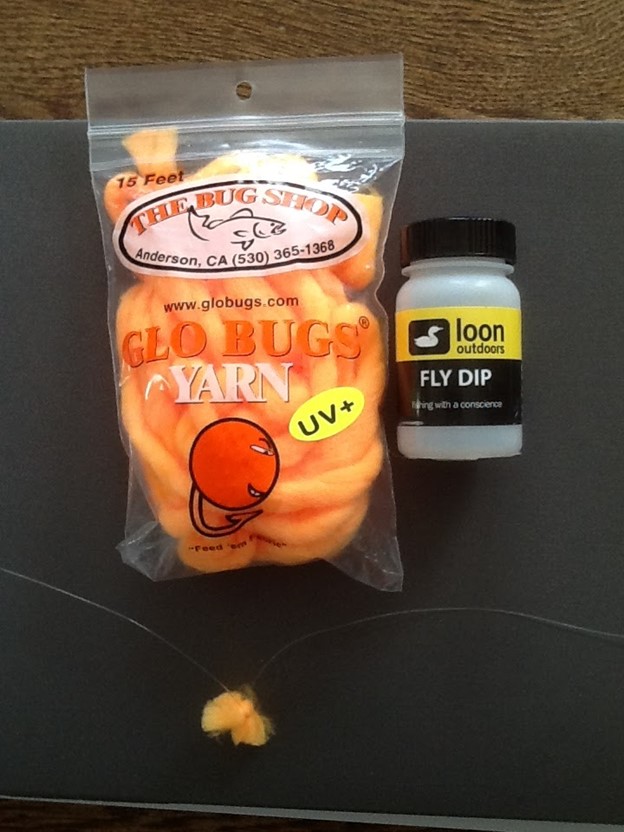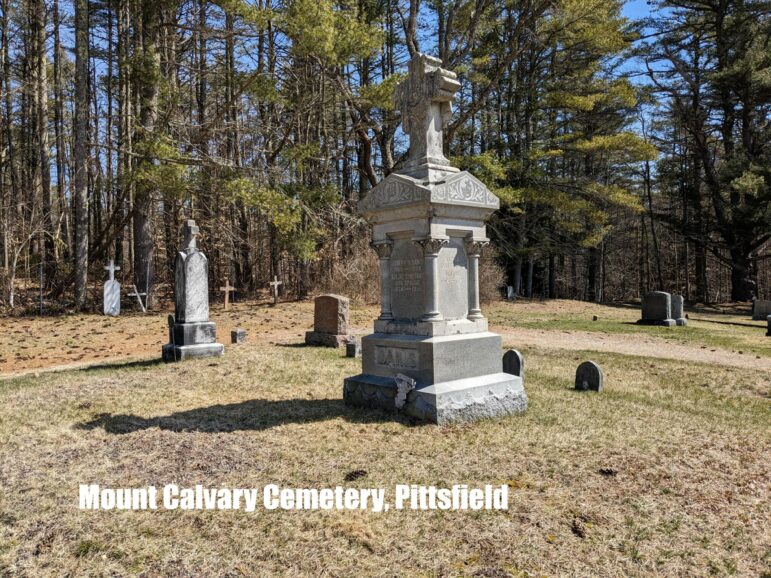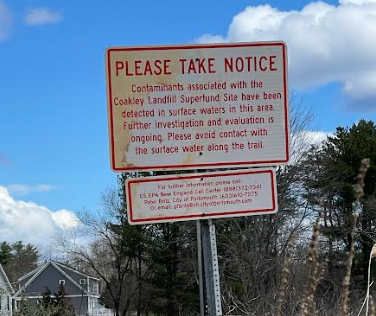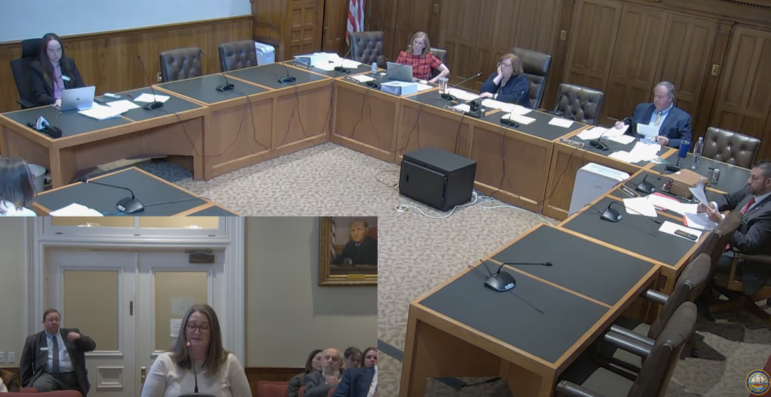GEORGE LISET, Writing on the Fly
I just talked with my friend Mike in Chicago who was going to drive over to Portage, Indiana, to fish for Coho. Mike couldn’t decide between fishing there or heading up to the Driftless Area in Wisconsin to fish. Both trips would require a long drive.
Then I again realized how lucky we are in New Hampshire to have so many rivers and streams open all year round and just a short distance away.
Here on the Seacoast of New Hampshire, there are four great rivers that are open and stocked all year around. The Exeter River, The Lamprey, the Cocheco and the Isinglass. You can also check the New Hampshire Fish and Game website under “Where to fish” to find a local water. https://www.wildlife.state.nh.us/fishing/trout-year-round.html
I was getting a case of the “Shack Nasties” as writer John Gierach likes to call cabin fever. So, I bundled up and grabbed my fly rod and sling pack and headed over to the Cocheco River. The day was overcast and there were snowflakes the size of butterflies coming down. The perfect day for a little winter fishing.
The plan for the morning was to start out nymphing, and then, if the wind didn’t pick up, maybe throw a few dry flies. In the past I have used an indicator made by Tight Lock. I like the Air Lock because it is easy on and off and it doesn’t crimp your line as do some other indicators. Today, I was going to use a “Wyoming Rig” which uses a piece of wool or yarn that has been waterproofed. I call it a Wyoming Rig because the fisherman that showed me how to put it together learned it from his guide in Wyoming.
The advantage to this indicator set up was that the wool/ yarn made it easier to cast and did not make a big splash on the water when it landed. It also made it quick and easier to adjust for depth. This setup also did not crimp your line. For this rig I had a nine-foot leader with a tippet ring. I attached a small weight above the tippet ring. I made a loop about four feet about the tippet ring and attached my yarn indicator. Then I added four feet of tippet and tied on a size 18 Tungsten Bead Head Nymph. Half-way down the tippet I dropped off a size 20 Pheasant Tail nymph.

I was using smaller flies because my go-to source of information for all things Cocheco River, Rick Hutchins, said small flies were working. I was fishing the bottom of a pool and was going to work my way up. The first couple of casts were just below the tip of my 10-foot rod and seemed effortless. Where I noticed the difference in using the Wyoming Rig, was when I was casting further out. The yarn indicator made it easier to cast the longer distance and did not disturb the surface upon landing.
The fishing was slow, but I was in no hurry. The snow kept falling and was starting to pick up, but I had the river to myself. The advantage to having snow on the ground is that you can see if anyone has fished the spot in a while. I hadn’t seen any footprints on the way in, so that was a good sign. As I was daydreaming my line hesitated, and I was too slow on the take and a nice Rainbow got the best of me.
I worked my way up the pool without any more luck. I was nearing my two-hour limit. As warm as I was dressed, I was starting to get chilled standing in 40-degree water. This time of year, the fish are not quite so active and you basically have to put your fly right in front of them. The wind was also starting to pick up and my thought of throwing a few dry flies looked overly optimistic.
Then I thought about how good it would feel to sit in front of the fireplace. I reeled in and headed for shore. I was happy about how the new indicator set up worked. Knowing the days were getting longer, the sun warmer, and the fish more active, my time on the water would be getting longer as well.
George Liset of Dover is an outdoor writer and avid fly fisherman who shares insights of his time on the water exploring New Hampshire streams and rivers as well of those around New England. George is a graduate of Wheaton College, Illinois, and the University of New Hampshire.





